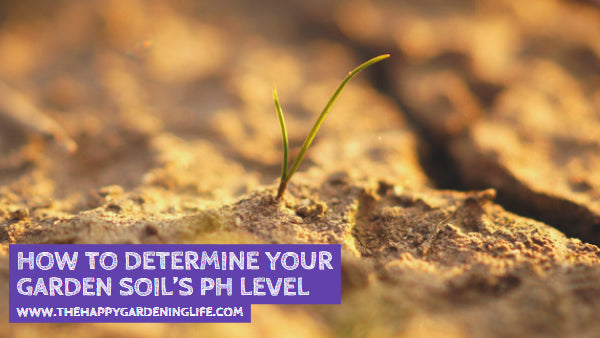
How to Determine Your Garden Soil’s pH Level
Share
Good and well-balanced soil is one of the essentials to organic gardening. It is considered to be a garden’s basic foundation, but how do you know if you’ve got the best kind of soil for your plants?
To answer this, you need to test your soil’s pH level. The pH level determines the basicity or acidity of your garden soil. To get the soil pH, you can perform a simple litmus paper test but the results may not be always be exact. For more precise results, just dip a digital pH meter or pen into a nutrient solution and you’ll get a quick read in no time.
The ideal pH level is between 5.5 and 6.8 so your plants can grow more vigorously. Be sure to do a regular check-up twice a week because factors such as temperature, evaporation and lightning can easily change the soil pH. It’s best to keep it in a moderate level for optimum plant growth.
If the pH level is very high, you can lower it by using some nitric acid, phosphoric acid, citric acid, and vinegar. If it is too low, raise it up with some hydroxide and potassium.
You can find out more about soil pH levels in this quick infographic below. Don’t forget to share it on Facebook, Twitter and Pinterest!

Image Source: Worm’s Way Hydroponics & Organics
